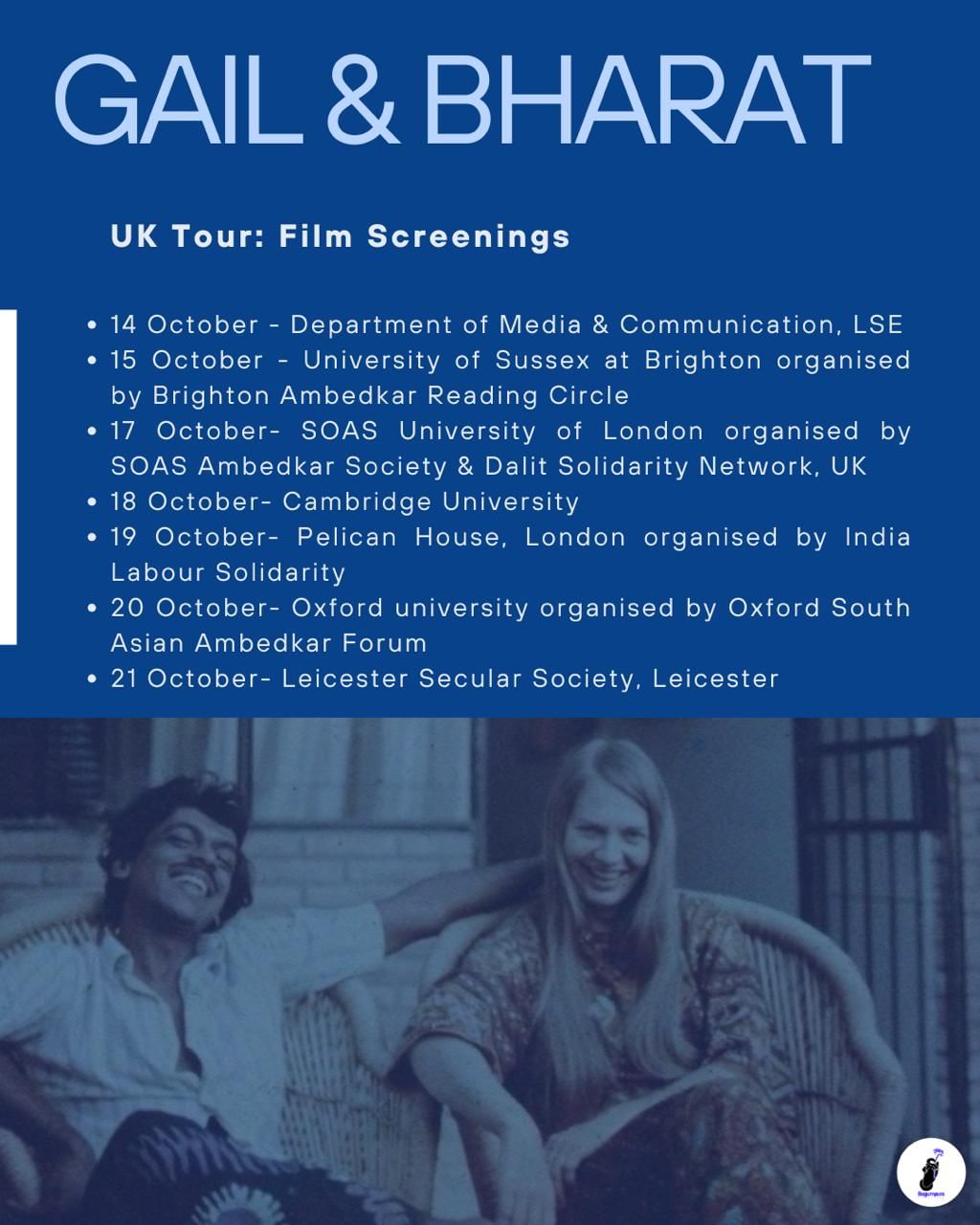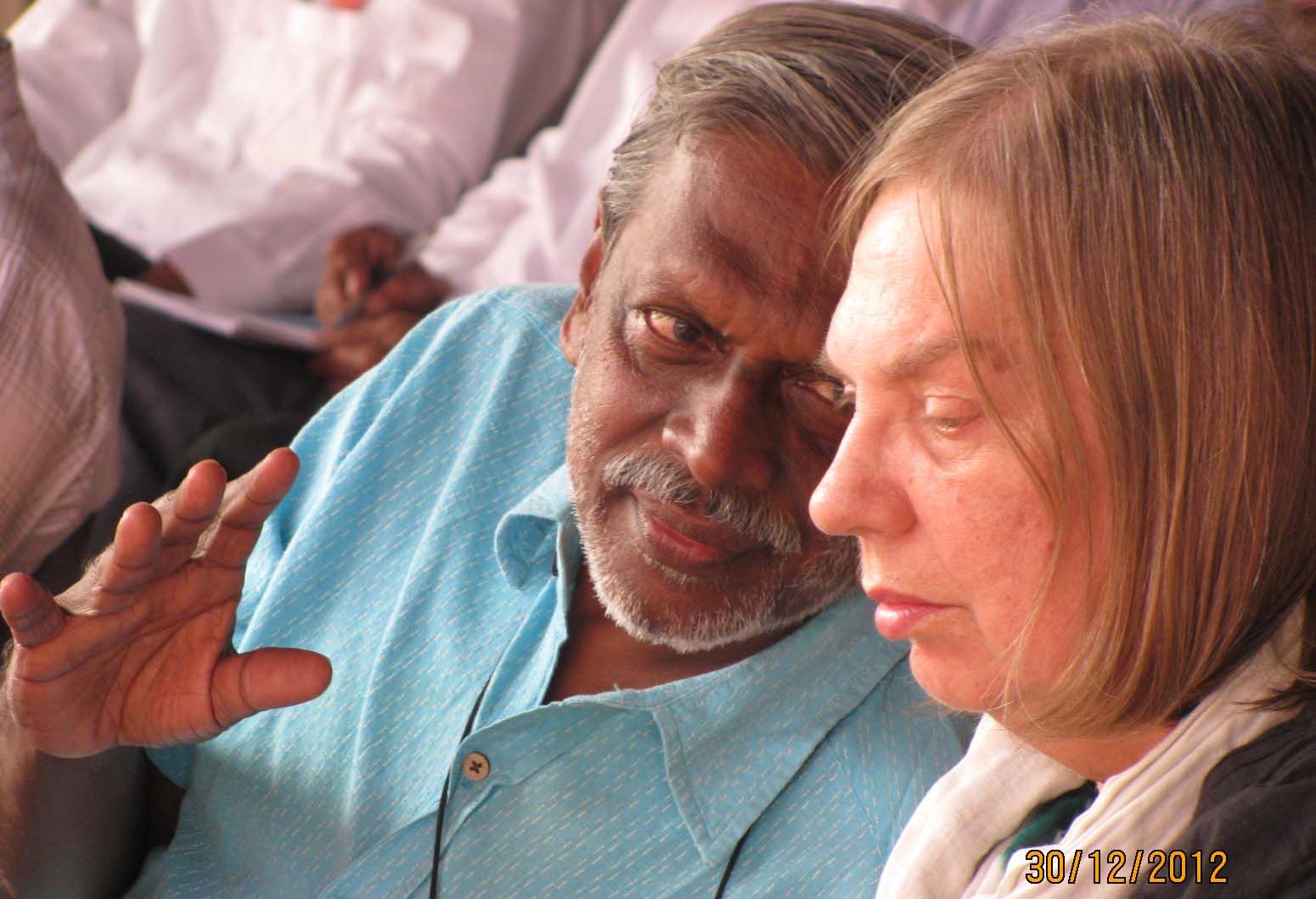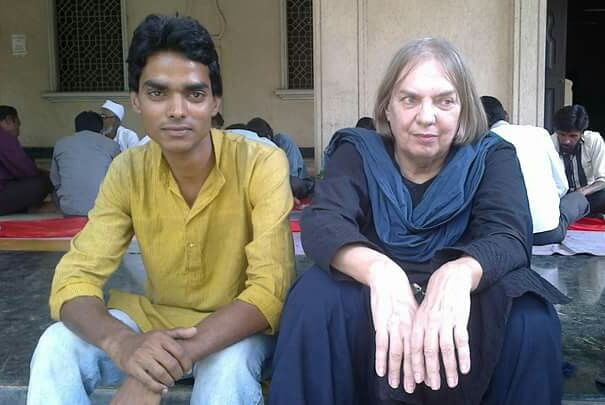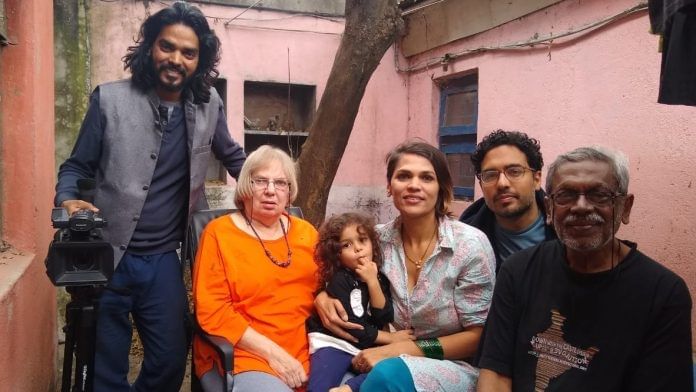New Delhi: “Jai Jyoti, Jai Bhim, Laal Salam.” Every public speech by Gail Omvedt began with this chant. Her name may not have been part of popular culture, but her ideas were radical. She argued that casteism in India and racism globally were structurally similar systems. She spoke about the rights of Dalit women within the anti-caste movement. And she chose to stay in India to speak for its oppressed citizens.
Today, very few people know about Gail Omvedt — the American-born Indian human rights activist — and her work. It was this neglect that inspired filmmaker Somnath Waghmare to make a documentary on her life and contributions.
“I have made three feature length documentaries, including this, but Gail and Bharat was the most difficult film to create. Gail worked extensively, and to construct that work was difficult,” Waghmare told ThePrint.
It took him eight years to finish the film. Production began in October 2017, and the final cut was ready in October 2025.
The one-hour-twenty-minute film is set to be screened across universities in the United Kingdom, with the first screening scheduled at the Department of Media and Communication at the London School of Economics on 14 October. The film brings alive the struggles that Omvedt and her husband Bharat Patankar devoted their lives to.

Also read: What’s more potent than Ambedkar today? Lakhs of Ambedkarites at Chaityabhumi in Mumbai
Why Gail and Bharat
The film opens at Gail and Bharat’s home — a double-storey building in Kasegaon, a small village in Maharashtra. Waghmare said that when he began filming, Gail was unwell. And so, her partner, Bharat Patankar, a leading left-wing activist of the Shramik Mukti Dal, is often seen completing her sentences and sometimes speaking on her behalf. The film also traces the deep relationship and friendship between the two.
There is no interference from the filmmaker or interviewer. The subjects just talk, carrying the narrative forward. Waghmare avoids voice-overs, which he said was a deliberate choice as he wanted to make a free-flowing documentary.
“I like my films to be slow. It gives viewers time to think and to understand,” he said.
To keep the film humble and earthy, Waghmare used small, tight, candid, and simple shots. Gail and Bharat is his third film. His first was Battle of Bhima Koregaon, followed by Chaityabhumi (2024), which he worked on while simultaneously filming Gail and Bharat.

Gail and Bharat married in 1976. She left her home in the US to live in India with him. Together, they attended rallies, gave speeches, and led the movement for peasant rights. In Gail’s final days, when the film was shot, Bharat became her voice. In the scene that introduces the couple, Gail and Bharat are lying next to each other, singing a classic Hemant Kumar song, “Jane woh kaise log the jinke pyaar ko pyaar mila.”
Throughout the film, Waghmare adds personal touches. He offers viewers small details about their home and glimpses of their daily life. Having traveled and worked with Gail and Bharat, Waghmare saw their work and resilience up close. His film is as much a personal reflection as it is a historical record.
Also read: ‘BR Ambedkar: Now and Then’ strips the Brahmin gaze off the Bahujan story. It’s a must watch
Popularising Gail and Bharat
The recognition of Gail Omvedt and Bharat Patankar was confined to their immediate spheres. While Omvedt was famous in academic circles, Patankar was a big name in the peasant rights movement in Maharashtra. But neither became part of mainstream popular culture. Through this documentary, Waghmare wanted to change that, and ensure that everyone knows Gail Omvedt and Bharat Patankar.
“Gail was a humanist. She used to be the only white, non-Dalit origin among all Dalit faces in any conference. Even upper-caste scholars who have worked on Dalit literature are not called Dalit scholars, but Omvedt is addressed as an Ambedkarite scholar,” he said.
Dalit scholar and activist Suraj Yengde said in the film, “You cannot write a scholarship on India without citing Gail Omvedt.”

Waghmare’s narrative moves back and forth in time. He leaves ambient sounds untouched to keep the film raw and authentic. It ends with Omvedt’s funeral, a scene shot during the ceremony. “Long live Gail Omvedt, Laal Salam,” echoed through the tiny village in Maharashtra as a farewell.
Making a film on Gail Omvedt was not easy for Waghmare.
“For filmmakers like us, it is difficult to gather funding. It is another thing that our films get a good response from the audience,” Waghmare said, lamenting the challenge of making meaningful films when funds remain concentrated in a few hands.
In fact, Gail and Bharat received no financial support. The closing note states: “The film did not receive any international or Indian film grant, film funds or film fellowship.”
(Edited by Prashant)






